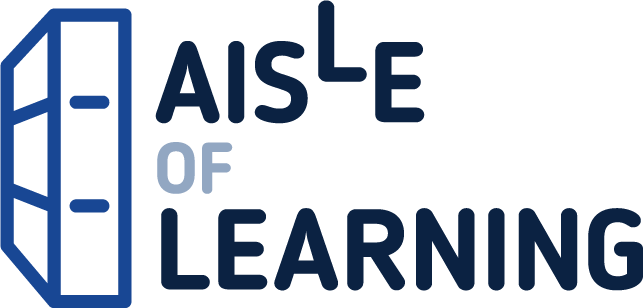The unique money flow paradigm reveals a deeply disturbing undermining of the American economy in recent decades. The United States has been falling behind other countries in economic growth and productivity. In recent decades the United States economy has been growing at an average of 3 percent a year, which is significantly below the growth rates of many other countries including China, which has been growing at an average of over 7 percent. Meanwhile, stock prices in New York financial markets have been growing at an average rate of 10 percent. This is over three times the growth rate of the U.S. economy. This has suppressed productivity and economic growth by causing non-financial firms to invest their money on Wall Street that would have otherwise gone into producing more and better consumer goods more productively. Stock prices have been driven up with many firms investing their money in stock buybacks and dividends. Before 1982 the SEC ruled that stock buybacks were insider trading and illegal. Germany requires that a part of corporate boards be elected by the company’s employees to represent product development, marketing, sales, and distribution in place of some of the CEO’s golf buddies. Some foreign countries including China have invested trillions of U.S. dollars in purchasing U.S. treasury securities to the point where 24 percent of all U.S. treasury securities are foreign owned. The Federal Reserve has pumped enormous amounts of money into the New York financial markets. The 10 percent wealthiest people own 84 percent of stocks. This distorted money flow has diverted so much money from Main Street to Wall Street that the middle class can no longer buy back the value of the goods and services that they are capable of producing at full employment. Consequently, both middle class private debt and the savings of the wealthy have both grown enormously. But transferring a lot of money from the majority of Americans to a small group of wealthy people reduces the overall demand for goods and services so the increase in private debt along with the increased wealth of the already wealthy is not enough to maintain full employment, so Republicans engage in deficit spending with unpaid for tax cuts and Democrats with unpaid for expenditures to avoid high levels of unemployment and large vote losses at election time. The Federal Reserve is tasked with maintaining full employment along with relatively stable prices but does not have the policy tools needed to do the job efficiently and effectively. Instead of working directly with the real economy, the Federal Reserve operates exclusively through the New York financial markets. Over many decades, to stimulate the economy the Fed has diverted enormous amounts of money to Wall Street instead of directing that money to Main Street. The people on Main Street have lost out while the richest people have gained enormous wealth. By restricting its operations to the New York financial markets, the Federal Reserve has only a weak and indirect effect on the real economy on Main Street. The Federal Reserve’s cost-of-borrowing tool suppresses supply and demand to stop inflation and is brutal and ineffective risking recession. For over 50 years from 1911 to 1966 Americans could go to any post office to set up a savings account. By reissuing the Postal Savings Act of 1910, Congress could provide the Federal Reserve with a new return-on-savings tool offering 10 percent on savings (maximum $10,000) at any post office. Getting people to save more and spend less can stop inflation without sending our economy into a recession. The Fed would pay so this would not increase taxes or add to the national debt. The money flow paradigm describes a dynamic process that maximizes the growth rate of the economic pie for everyone. Government can contribute to the efficiency of the free enterprise system by better aligning marginal costs with marginal benefits and enhancing productivity and economic growth.
Money Flow in a Dynamic Economy: The money flow paradigm explains economic inefficiency, instability, inequality, and the role of government.
$19.99
This book provides an in-depth study of economic principles, including money flow, market dynamics, and the role of government.







Reviews
There are no reviews yet.